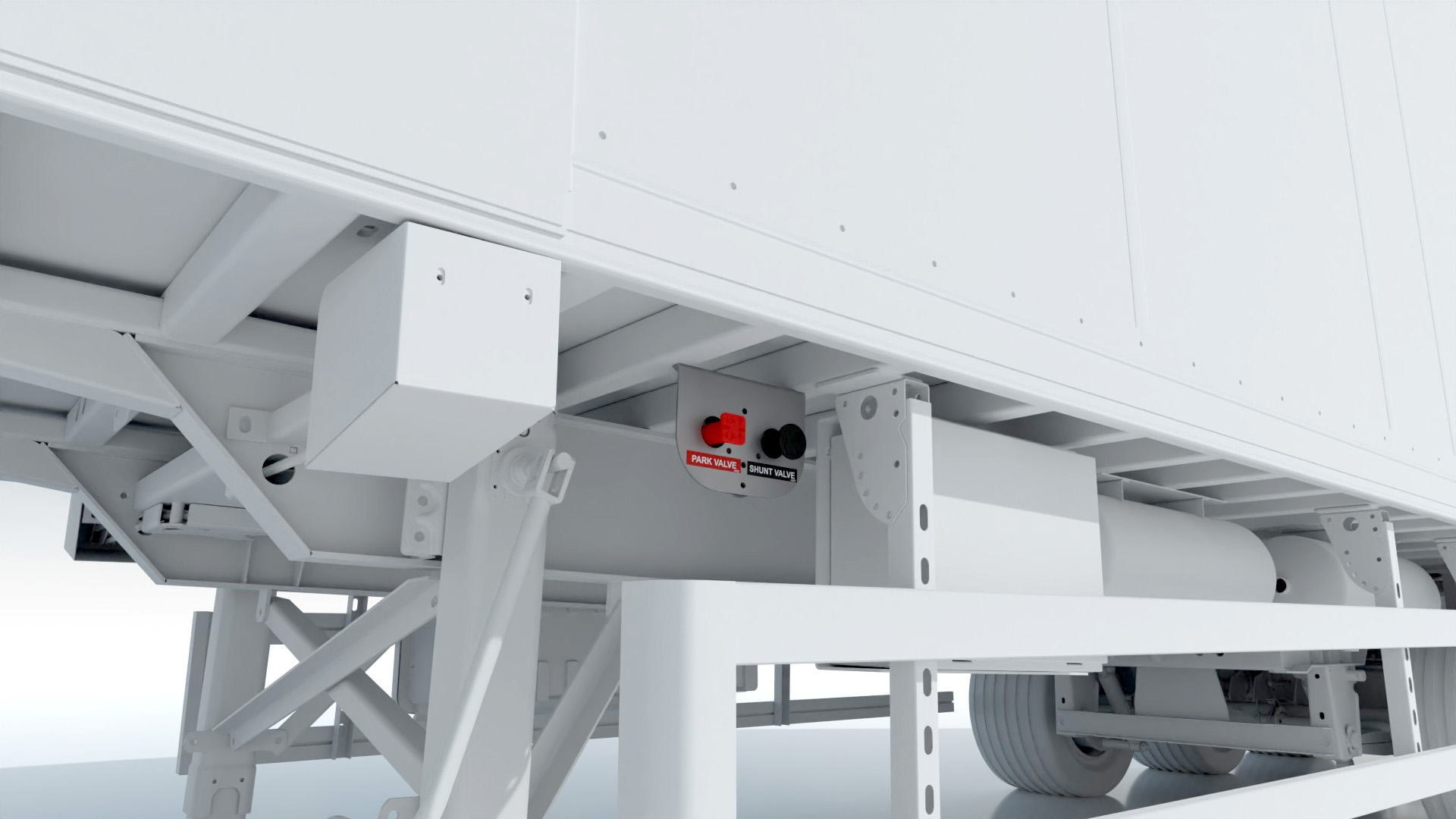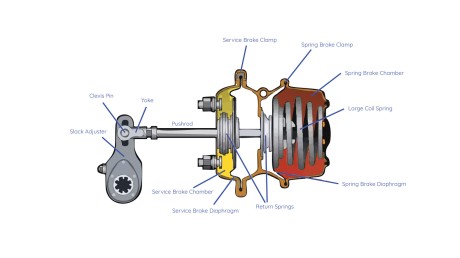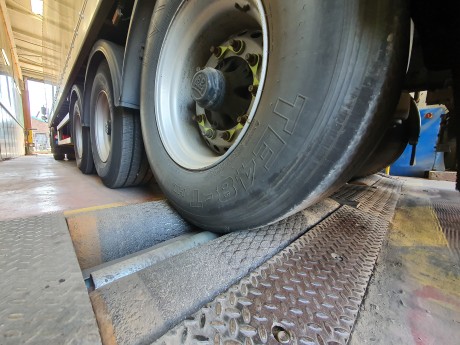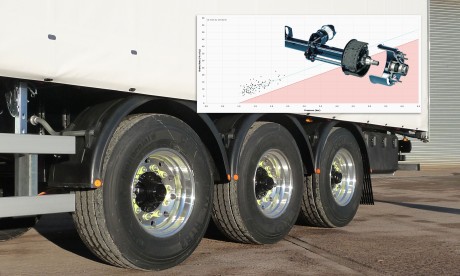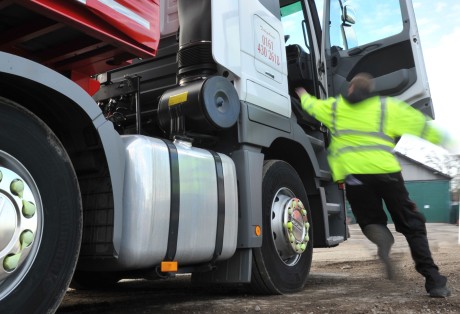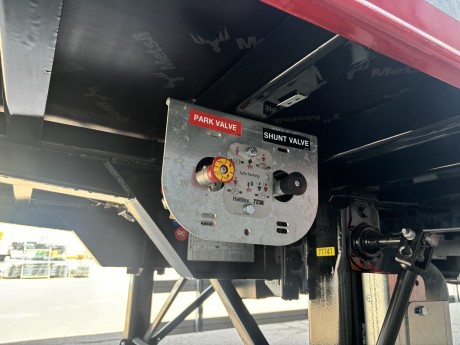Faqs > Braking > What Is The Park Shunt Valve
Park and shunt valves are essential components of an HGV trailer’s air braking system. They control the application and release of the trailer’s spring brakes, ensuring safe parking and controlled movement in yards.
Although both valves are legally required, some operators disable or cover the shunt valve due to safety concerns.
How Trailer Air Brakes Work
HGV trailers use a dual-line air brake system, controlled by two airlines connected to the tractor unit:
- Red emergency airline – Supplies air to refill the air tanks and power the braking and suspension systems.
- Yellow service airline – Controls the service brakes, which apply when the driver presses the footbrake.
The Park Valve: Securing the Trailer
The park valve vents air from the spring brake chambers, causing the powerful spring brakes to engage and hold the trailer securely, whether coupled or uncoupled.
Q: Doesn't the same thing happen when the red emergency airline is disconnected?
A: Not always. When the red airline is disconnected, the trailer enters an emergency state, applying either the service brakes or spring brakes, depending on the system design.
⚠ Manually applying the park valve immediately vents air from the spring brake chamber, ensuring the brakes engage securely. Never rely solely on the automatic emergency braking system.
The Shunt Valve: Limited Movement Without a Tractor Unit
The shunt valve allows a trailer to be moved short distances in a yard without a full air connection to the tractor unit. It achieves this by using stored air from the trailer’s reservoir to temporarily release the brakes.
⚠ If the trailer’s air reservoir depletes, the spring brakes will automatically engage, preventing further movement.
The shunt valve must never be used for road transport. It is strictly for controlled yard movement and should only be operated by trained personnel.
Health & Safety Concerns: Why Some Operators Disable the Shunt Valve
While the shunt valve offers practical benefits, some operators disable or cover it due to safety risks.
Why?
- Accidental activation – If the shunt valve is left open or misused, the brakes may unintentionally release.
- Risk of movement without a tractor unit – The shunt valve allows movement without the tractor unit controlling the brakes, which can be hazardous.
- Unauthorised use – Some operators disable the valve to prevent untrained personnel from moving trailers unsafely.
Operators modifying or disabling shunt valves must ensure their risk assessment complies with industry safety regulations.
Final Thoughts
- The park valve is essential for securing an uncoupled trailer by engaging the spring brakes.
- The shunt valve enables short-distance movement within a yard but must never be used for road transport due to safety risks.
We’d love to hear from you – get in touch today!

